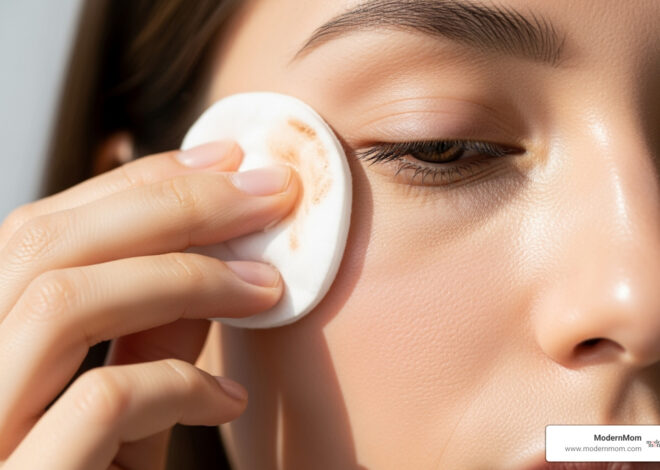The Best Topical Acne Treatments
Commonly called pimples or zits, acne is a skin condition that causes whiteheads, blackheads and inflamed red lesions. Clogging of the skin pores can lead to acne. Acne affects teenagers and grownups in their 30s and 40s, according to the National Institutes of Health (NIH). You may have it when you were young and probably still have it today. Do not despair; you can help alleviate the problem by using some of the best available topical treatments.
Salicylic Acid
Most cases of acne are mild to moderate and can benefit from nonprescription topical treatments that are safe, effective and convenient to use. According to the NIH, a review of four clinical studies and a comedolytic (drugs that can open clogged pores) showed pads containing of 0.5 and 2 percent solutions of salicylic acid for the treatment of acne reduced the number and severity of all lesions associated with acne. The NIH also states that salicylic acid is superior to benzoyl peroxide in reducing the total number of acne lesions.
Salicylic acid may cause mild skin irritation and stinging. Your condition may worsen during the first few days of treatment as your skin adjusts to the medication. Apply the product more often after your skin has adjusted to the medication. You may decrease the application when your skin turns dry and you experience increased skin irritation. Stop using salicylic acid if you experience severe allergic reactions. It may take several weeks or longer for you to feel the full benefit of the medication.
Tea Tree Oil
Tea tree oil, which usually comes in the form of gel, is an effective topical treatment for reducing mild to moderate cases of acne. Tea tree oil extract comes for an Australian native tree, called Melaleuca alternifolia, which produces an antiseptic agent that has antimicrobial characteristics. A clinical trial performed by the U.S. Department of Agriculture on 124 patients with mild to moderate acne showed that 5 percent tea tree oil and 5 percent benzoyl peroxide are both effective in reducing the number of inflamed and non-inflamed acne lesions; however, tea tree oil produced fewer side effects.
Dab a cotton swab into the tea tree oil and gently apply onto the acne areas before going to bed. Rinse off the tea tree oil in the morning. Do this nightly. You should see good results within two weeks of treatment.
Benzoyl Peroxide
Benzoyl peroxide may be less effective than salicylic acid, but it is still a good topical treatment for acne, because it is safe for young and older people. It helps in reducing acne inflammation by decreasing their follicular population. Combining benzoyl peroxide with clindamycin and erythromycin can be effective in treating acne inflammation.
Benzoyl peroxide destroys acne-causing bacteria by acting as an oxidizing and antiseptic agent. It also reduces the number of blocked skin pores. Results usually show after two to three weeks of using this acne treatment.
While using benzoyl peroxide, you should always avoid anything that might irritate the skin, such as abrasive soaps or cleansers, alcohol, cosmetics and prolonged exposure to sunlight. Benzoyl peroxide dries out the skin, so expect some redness and peeling.




